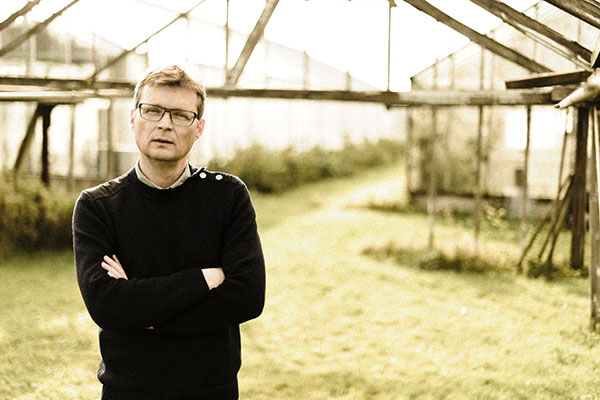Solar energy covers earth’s needs thousands of times over
Every day there is more bad news – the climate is more sensitive than previously thought. The Arctic ice is melting faster than anyone could have predicted. For every year of neglect and failure in climate politics, it becomes more difficult to limit global warming and avoid dangerous human impact on the climate. However, there is still plenty of opportunity to reverse the trend.
A growing number of studies show how it is possible to reduce emissions by so much and so quickly that global warming could be limited to less than two degrees. Top of the list of measures are more efficient energy use and renewable energy sources, followed by nuclear power and carbon dioxide storage. In terms of resources, technology and finances, it is therefore quite possible to reduce global emissions by 50 % or more by 2050. For Sweden, the EU and other parts of the industrialised world, this will mean reducing emissions by 80–95 %, with, in practice, zero emissions from energy and transport by 2050.
The sun is our most important source of energy. The amount of energy which reaches the earth and which is converted into wind, water and wave power and bioenergy is many thousands of times greater than our energy needs. The UN International Panel on Climate Change (IPCC), the World Wide Fund for Nature and the European Commission have each, in different reports, shown how the proportion of renewable energy could increase and emissions decrease at the rate required. According to the European Commission, such a transition for Europe would require investments corresponding to 1.5 % of GDP. These could easily be weighed up against the fact that we would not have to pay for imported fossil fuels.
A transition is thus not prevented by a lack of resources or technology. Research and technological developments are key, but the major challenge lies in changing course. This is a matter of politics and the ability to govern developments in society. Major, long-term changes in society happen all the time. These have often been primarily driven by technological development. Electrification, the car and microelectronics are a few examples. But in many cases the technological developments and change have to a large extent been encouraged by governments with deliberate policies. Railways, power transmission, mobile telephony and the Internet are a few examples.
“In 2050 we could be living a rich, insightful life without climate-changing emissions.”
The transition to a low-carbon society cannot be undertaken without a clear political focus. With the right adjustments to the market, green technology could be provided with the conditions in which to thrive and develop. The market for sustainable energy already has a turnover of hundreds of billions of kronor and it is growing rapidly – and growing economies such as Brazil and China do not intend to miss this chance.
When the debt crisis accelerates, the stock markets fall and the financial system falters, it seems difficult to mobilise the political leaders or the market and investments that are needed for a transitioPhoto: Kennet Rounan. Rescue measures that stimulate demand and consumption in order to suppress the symptoms of the underlying structural crisis are close at hand. But what are needed are long-term investments that prepare the ground for the next cycle of growth and the next phase of economic development.
With a coherent political vision and social governance in conjunction with markets for green technology, this economic development could lead to rapidly falling emissions. In 2050 we could be living a rich, insightful life without climate-changing emissions. If we succeed in this, I think our children will hardly wonder at the transition to a low-carbon society that has taken place in their lifetime. For them it will simply be normal.
Text: Lars J. Nilsson
Professor of Environmental and Energy Systems Studies, Programme Director of LETS2050
Photo: Kennet Ruona
Published: 2013





